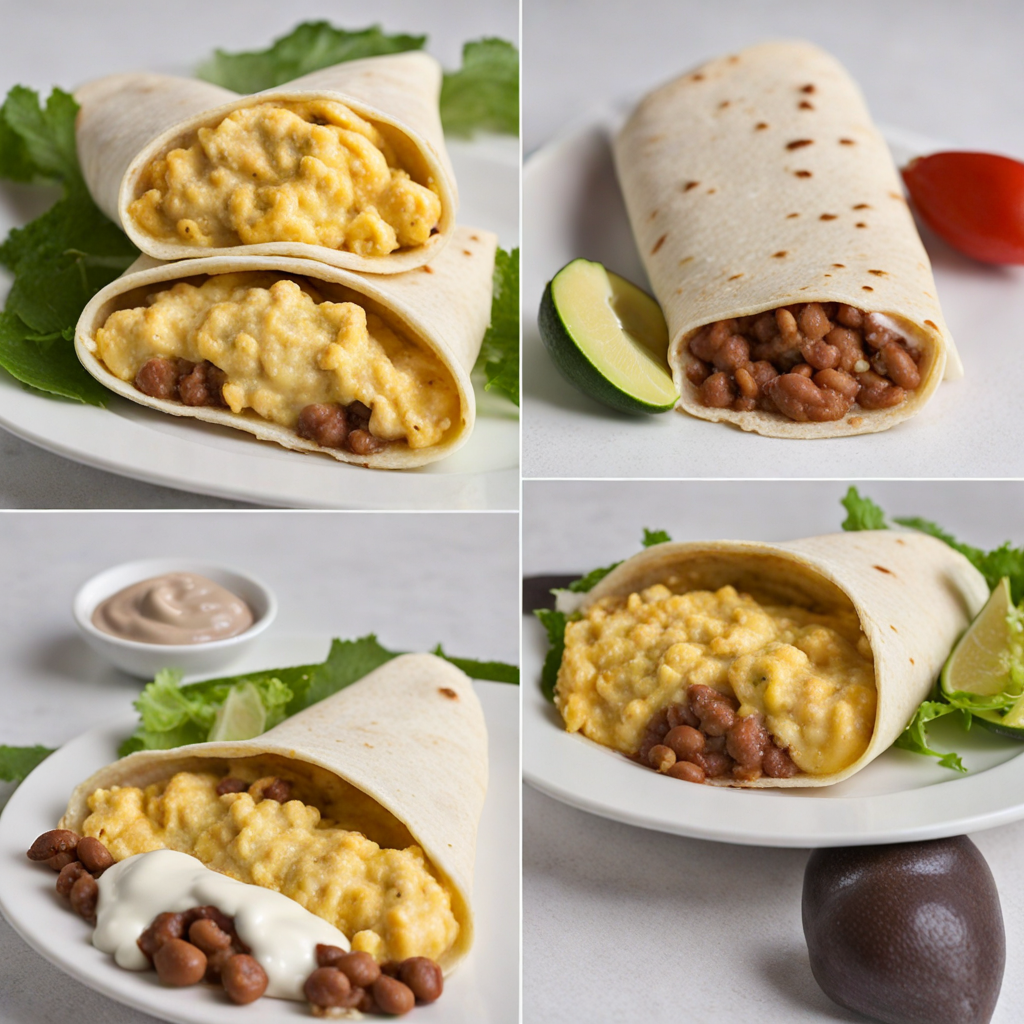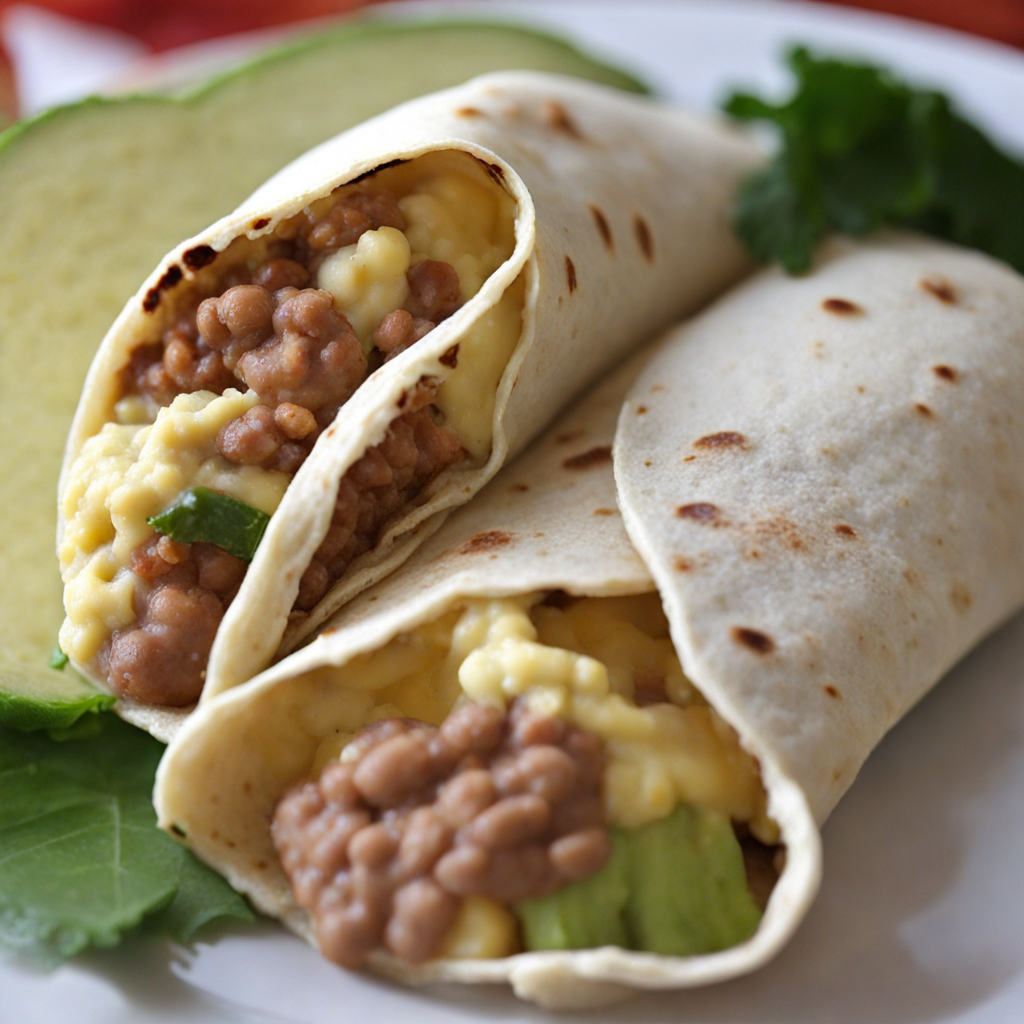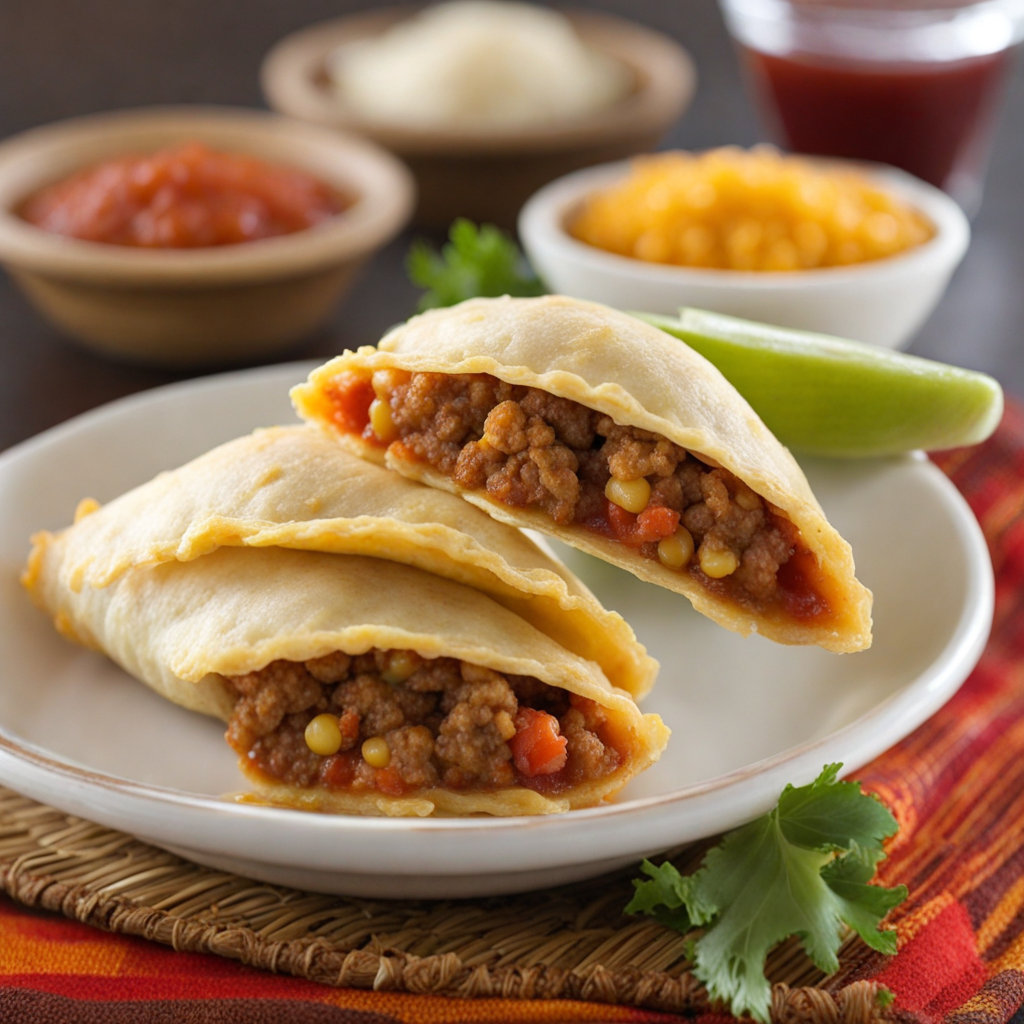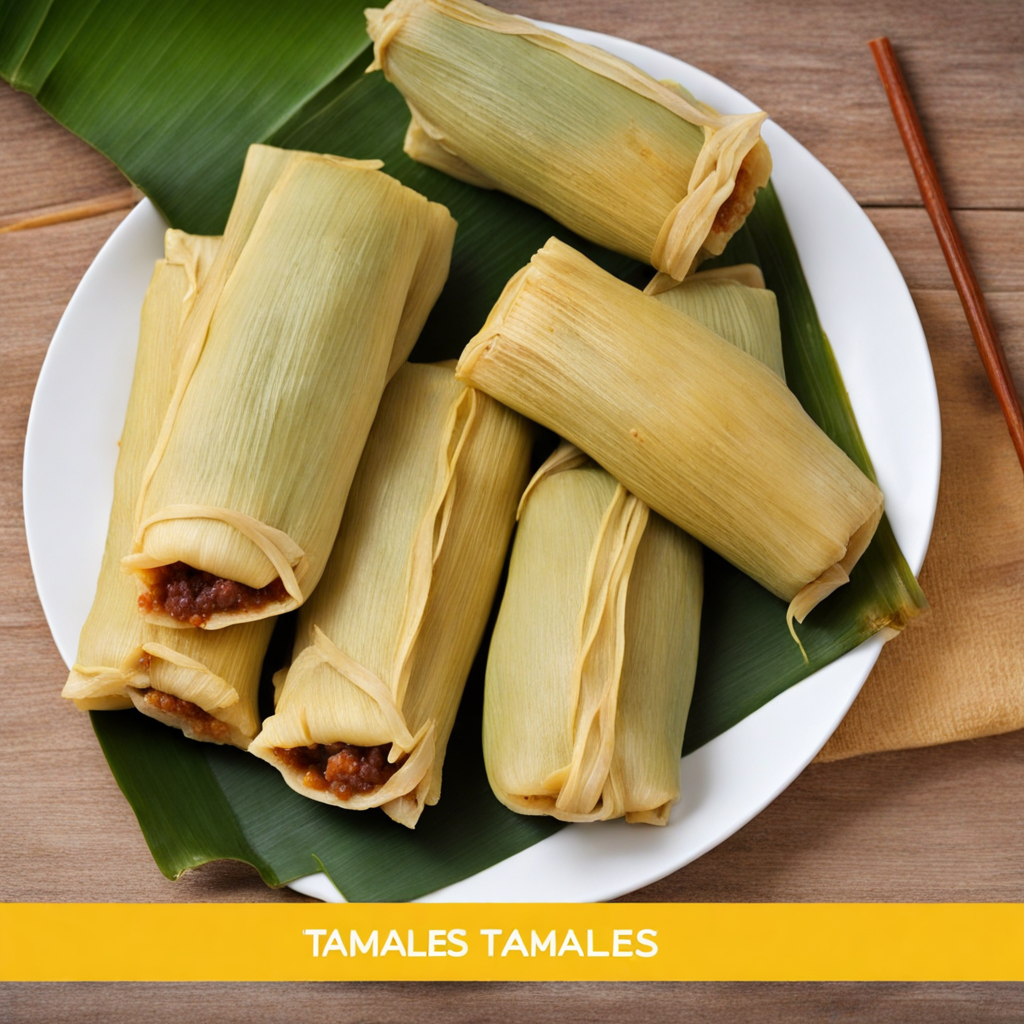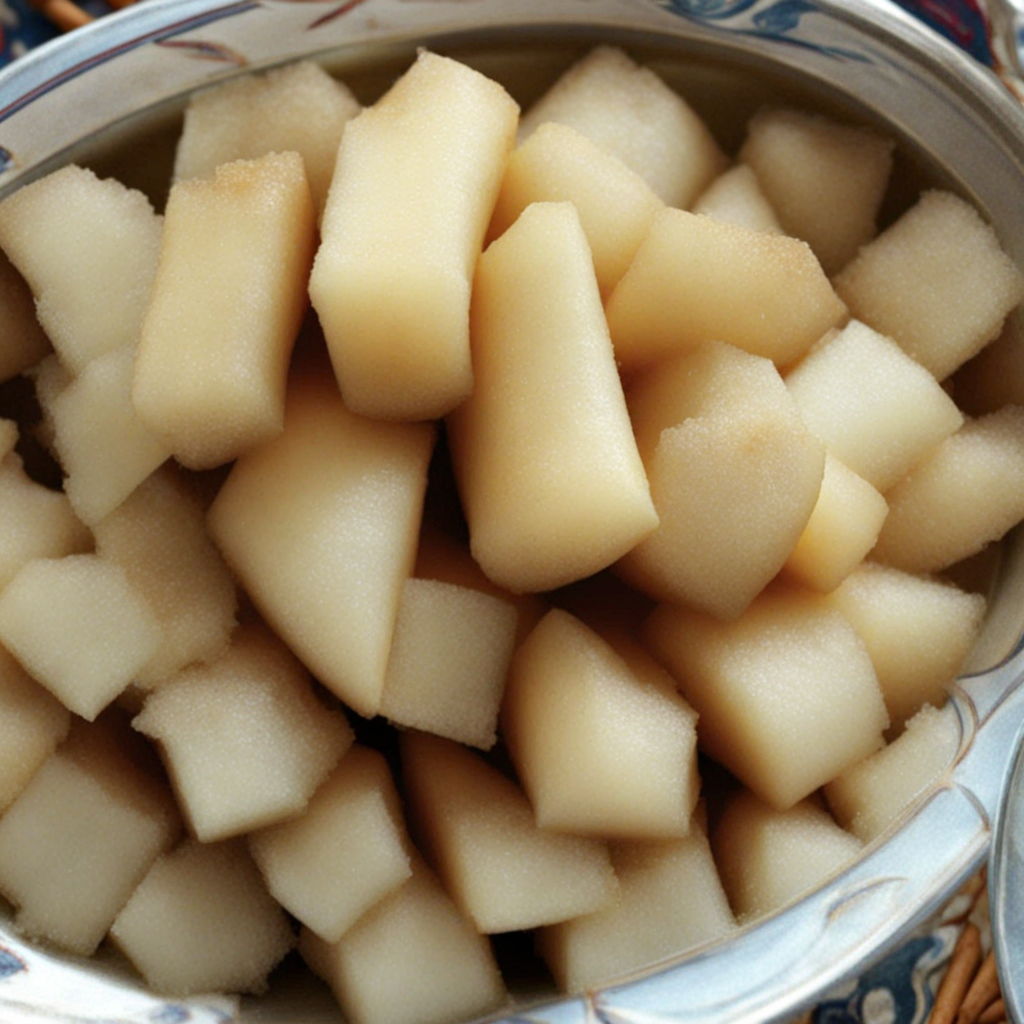Baleadas
Baleadas are a quintessential Honduran dish that captures the heart and soul of Central American cuisine. At their core, baleadas consist of a thick, soft flour tortilla that serves as the base. These tortillas are typically hand-pressed and cooked on a hot griddle, resulting in a warm and pliable vessel that holds a treasure trove of flavors. The tortilla is often generously filled with refried beans, which lend a creamy texture and a rich, earthy flavor that is the hallmark of this beloved dish. What elevates baleadas from simple tortillas to a delightful culinary experience is the variety of toppings that can be added. Common accompaniments include crumbled queso fresco, a mild and crumbly cheese that adds a salty bite, as well as avocado slices that provide a smooth, buttery richness. Many people also enjoy adding scrambled eggs, diced tomatoes, and fresh cilantro, giving each bite a burst of freshness and color. For those who appreciate a little heat, a drizzle of salsa or a sprinkle of pickled onions can bring an exciting kick that perfectly complements the other ingredients. While baleadas are often enjoyed as a hearty breakfast, they can be savored at any time of day, making them a versatile option for any meal. The beauty of baleadas lies in their adaptability; you can customize them to suit your taste, whether you prefer a classic rendition or a more adventurous version with additional fillings like chicken or chorizo. This dish not only satisfies hunger but also invites you to experience the vibrant flavors and culinary traditions of Honduras, making it a must-try for anyone looking to explore new tastes.
How It Became This Dish
The History of Baleadas: A Culinary Journey Through Honduras Introduction Baleadas, a beloved staple of Honduran cuisine, are more than just a delicious meal; they are a symbol of cultural identity, resilience, and community. Originating in the vibrant streets of Honduras, these simple yet flavorful tortillas filled with beans, cheese, and various toppings have become a national dish that tells the story of the country's diverse heritage. This exploration into the history of baleadas reveals their origins, cultural significance, and evolution over time. Origins of Baleadas The roots of baleadas can be traced back to the indigenous peoples of Honduras, who have been cultivating maize for thousands of years. Maize, or corn, is a fundamental element of Mesoamerican cuisine, and it serves as the base for many traditional dishes. The preparation of tortillas dates back to pre-Columbian times, where the indigenous Lenca and Garifuna peoples crafted the first versions of what would eventually evolve into the baleada. The name "baleada" is believed to have originated from the Spanish word "balear," which means to beat or to strike. This is thought to refer to the action of pressing or rolling the tortillas flat. As the Spanish colonizers arrived in the 16th century, they introduced new ingredients, such as beans, cheese, and spices, which would eventually be incorporated into the dish. The melding of indigenous and Spanish culinary traditions laid the foundation for the modern baleada. Cultural Significance Baleadas are deeply ingrained in the fabric of Honduran life. They are an everyday food that transcends social and economic boundaries, enjoyed by people from all walks of life. Whether served as a breakfast item, a quick lunch, or a late-night snack, baleadas have a universal appeal that makes them a cherished part of the national diet. One of the most significant aspects of baleadas is their representation of Honduran culture and identity. They are often prepared and consumed in communal settings, fostering a sense of togetherness and family. In many households, making baleadas is a communal activity, with family members gathering to prepare the ingredients, cook the tortillas, and assemble the dish. This practice reinforces bonds and creates a shared experience that is vital to Honduran culture. Moreover, baleadas are often associated with local celebrations, holidays, and gatherings. They can be found at street vendors, markets, and festivals, highlighting their role as a street food that embodies the spirit of the Honduran people. Vendors often add their unique twist to the dish, incorporating regional flavors and ingredients, which adds to the diversity of the baleada experience. Development Over Time As the years passed, baleadas have evolved, reflecting the changing landscape of Honduran society and cuisine. In the mid-20th century, the dish began to gain more recognition beyond local borders, as migration patterns saw many Hondurans moving to the United States. This migration led to the diaspora bringing their culinary traditions with them, popularizing baleadas among Latin American communities and introducing them to a broader audience. The basic components of a baleada remain consistent: a flour tortilla filled with refried beans, cheese, and often accompanied by scrambled eggs or avocado. However, the toppings and variations have expanded significantly over time. Today, it is common to find additional ingredients such as sour cream, hot sauce, and pickled onions, transforming the dish into a customizable meal that caters to different tastes and preferences. In recent years, the global food movement has also played a role in the resurgence of interest in traditional dishes like baleadas. With the rise of culinary tourism and the quest for authentic experiences, travelers seeking to immerse themselves in Honduran culture have discovered the simplicity and richness of this dish. As a result, baleadas have gained popularity not only in Honduras but also in restaurants and food trucks across the United States and other countries. Baleadas in Contemporary Honduras Today, baleadas can be found in various forms across Honduras, from humble street carts to upscale restaurants. Each region has its variations, influenced by local ingredients and culinary traditions. In the northern coastal regions, for instance, baleadas may feature seafood or tropical fruits, while in the mountainous areas, they might be served with heartier fillings like chicken or beef. Baleadas have also made their way into modern cuisine, with chefs experimenting with fusion dishes that incorporate international flavors. Vegan and vegetarian options have become increasingly popular, reflecting a growing awareness of dietary preferences and health consciousness among consumers. Despite these modern adaptations, the essence of the baleada remains unchanged: it is a comforting, nourishing dish that connects people to their roots and culture. The simplicity of the ingredients belies the depth of flavor and the memories associated with each bite, making baleadas a timeless emblem of Honduran identity. Conclusion The history of baleadas is a testament to the resilience and creativity of the Honduran people. From their indigenous origins to their modern-day variations, baleadas represent a culinary journey that is deeply intertwined with the cultural, social, and historical fabric of Honduras. They embody the spirit of community and tradition while adapting to the influences of a globalized world. For those who savor a baleada, each bite is not just a taste of food, but a connection to a rich heritage that continues to thrive and evolve. As Hondurans and food lovers alike celebrate this iconic dish, the story of baleadas will undoubtedly carry on, nourishing both body and soul for generations to come.
You may like
Discover local flavors from Honduras


